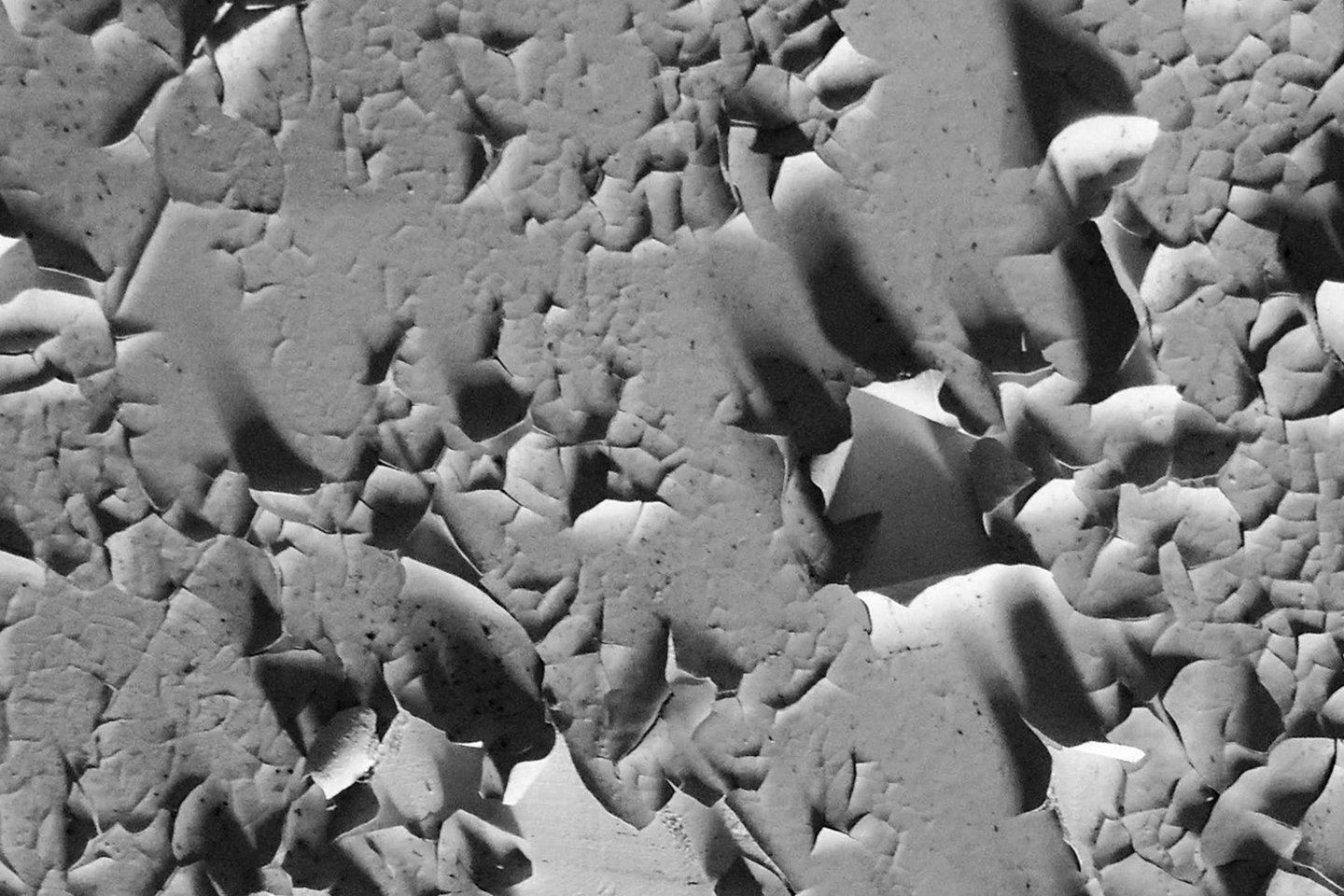
1 min read
EPA Sets Historic Limits on PFAS in Drinking Water
New standards in the US target 'forever chemicals', setting enforceable limits to protect health and enhance water safety nationwide.

1 min read
Enhanced protections aim to shield families and children from harmful lead exposure.
The US Environmental Protection Agency (EPA) recently strengthened requirements for identifying and cleaning lead paint dust in homes and childcare facilities built before 1978. This rule is expected to reduce lead exposure for nearly 1.2 million people each year, including between 178,000 and 326,000 children under six.
There is no safe level of lead exposure. Children are particularly vulnerable to lead, which can cause irreversible health impacts such as behavioral issues, lower IQ, and slowed growth. For adults, lead exposure is linked to higher risks of cardiovascular disease and cancer.
"This rule is expected to reduce lead exposure for nearly 1.2 million people each year, including between 178,000 and 326,000 children under six."
This regulation advances the Biden-Harris administration’s 2021 Lead Pipe and Paint Action Plan. Under the new rule, any detectable lead dust level is considered hazardous when measured by EPA-recognized labs, and the acceptable amount of post-abatement lead dust on floors, window sills, and window troughs has been lowered to the lowest levels reliably measurable in labs. These standards mirror those set by New York City in 2021 and represent a significant improvement from prior levels. Currently, 10 micrograms per square foot is considered hazardous on floors, and a concentration 10 times that high is considered hazardous on window sills.
Peggy Shepard, co-founder of WE ACT for Environmental Justice, praised the action, stating, “We can all breathe a little easier now that the EPA has significantly lowered its dust lead standard to protect children. For decades, the academic and advocacy communities have understood that there is no safe level of lead in a child’s blood. I am a New Yorker whose state leads the nation in cases of children with elevated blood levels. I am an environmental justice leader based in Harlem where studies show that Black children living below the poverty line are twice as likely to suffer from lead poisoning as poor white children. I applaud EPA’s action to address this deadly challenge for our children and families.”
The federal Department of Housing and Urban Development (HUD) announced $420 million in grants earlier this month to address lead hazards in homes, including those receiving HUD assistance. According to the White House, additional HUD grants will also be available to support lead paint removal efforts.
Additionally, EPA issued a final rule this month requiring all US drinking water systems to identify and replace lead pipes within the next decade. The EPA also announced $2.6 billion in new funding to support lead pipe replacement and inventory projects.
WLLW strongly supports this new EPA ruling as it aligns closely with our mission to enhance health and wellbeing within the home. By setting the bar at undetectable lead levels, this rule addresses one of the most persistent and preventable health risks affecting families today, particularly in older homes and communities with the highest exposure risks. We believe that a healthy living environment is the foundation of overall wellness, and these stringent standards reflect a commitment to protecting individuals from harmful toxins. With these new measures in place, families can feel more confident in the safety of their homes.
Photography: Cottonbro Studio/Pexels

1 min read
New standards in the US target 'forever chemicals', setting enforceable limits to protect health and enhance water safety nationwide.

5 min read
Many paints can be hazardous both to human health and the environment. Here’s how to find a safe alternative.